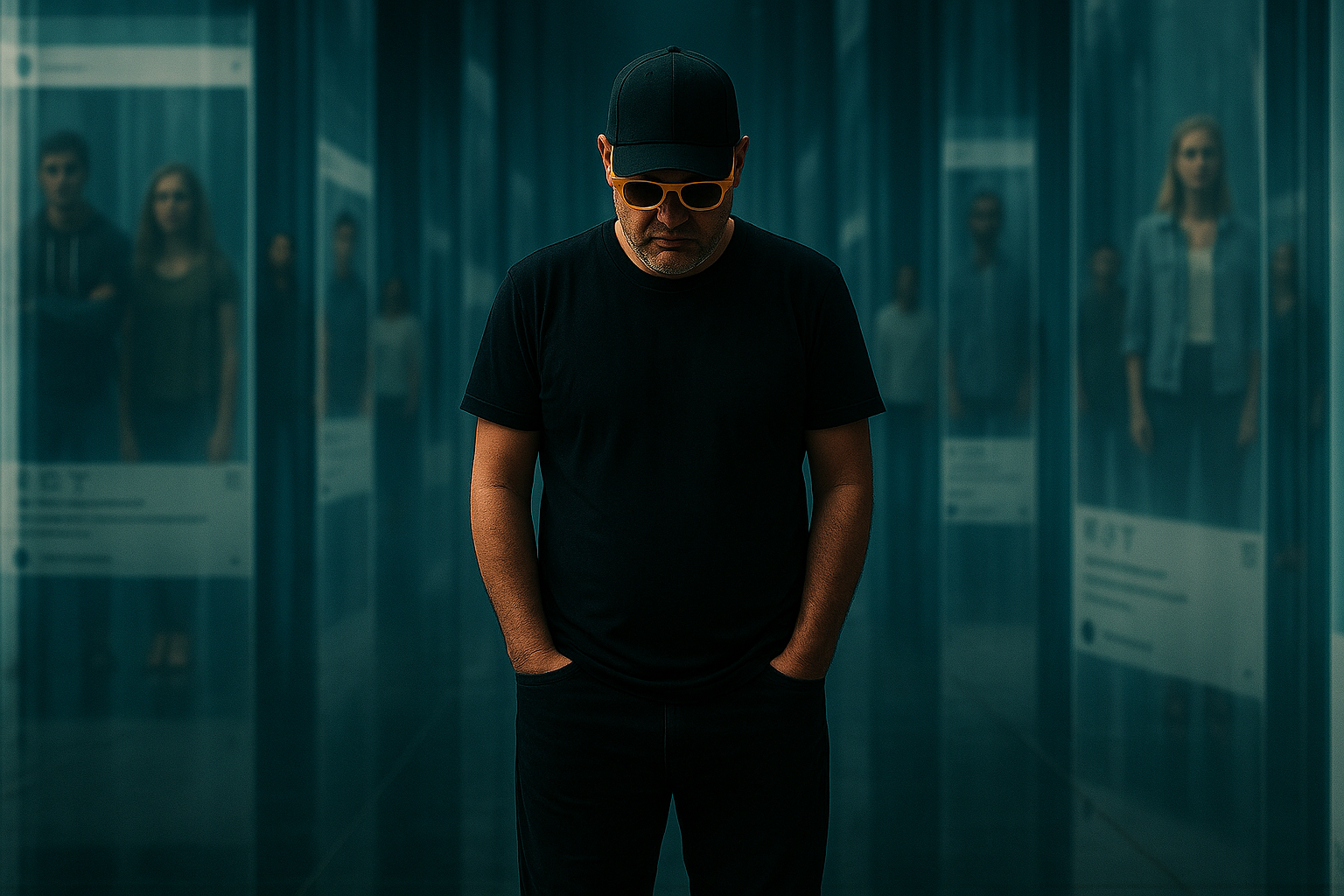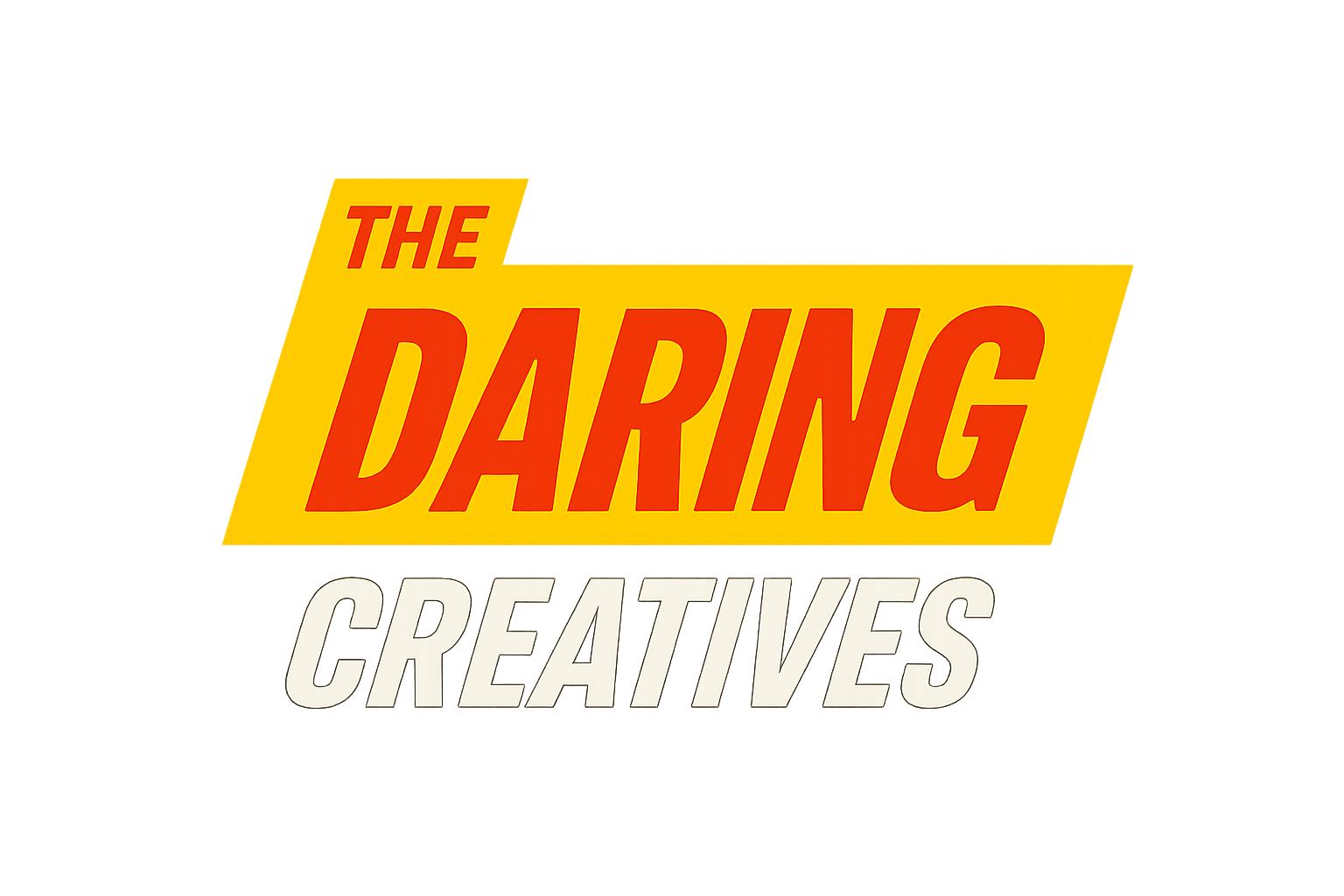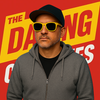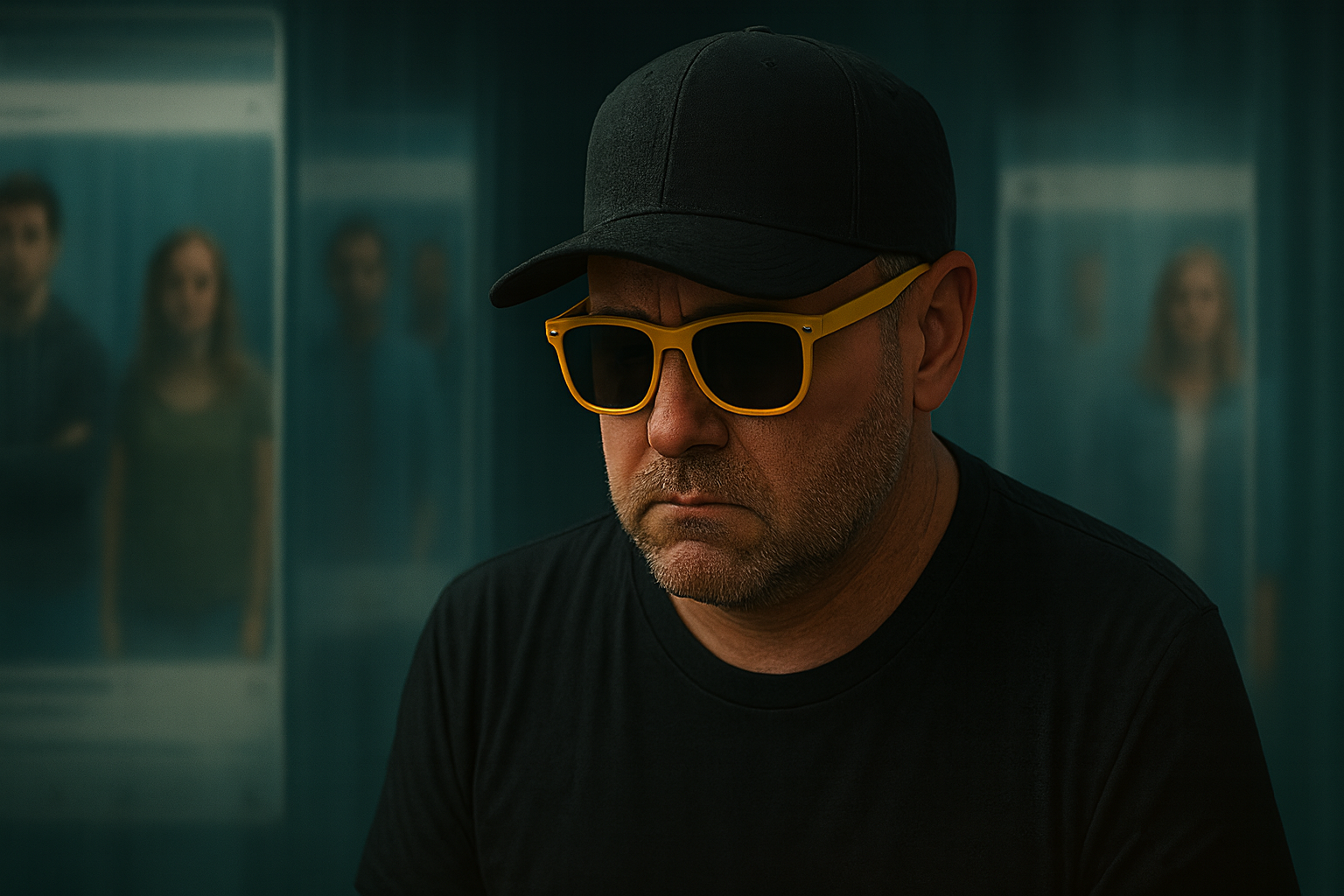For years, I’ve been an avid social media user. Instagram has been my platform of choice, not just for sharing my personal life but for running my business, Daring Creative, and supporting the artists and clients I work with.
I post daily — often multiple times per day. I’ve documented projects, shared thoughts, highlighted artwork, and experimented with using AI to make more engaging and visually compelling content. And people have noticed. My clients regularly tell me they love what I create. Just the other day, one of them told me how much he enjoys the way I’ve captured the essence of his style and communication — especially the new work we’re doing around AI storytelling.
But then he said something that stuck with me: “I just wish it was leading to more sales.”
That was a gut punch — not because he was wrong, but because I’d already been feeling it myself. Despite the time and energy I pour into social media, I often feel… invisible.
The Rock Concert Effect
I don’t think I’m alone in this. Social media doesn’t feel like it did five or ten years ago. It used to feel like a place where you could have conversations, where comments and engagement were plentiful. These days, it feels more like a rock concert — everyone is shouting, the music is blaring, and only the handful of people right next to you actually hear what you’re saying.
Even major news sites have this problem. You can find the most controversial article on their front page, scroll down, and see maybe a dozen comments — if they even allow comments at all. People are consuming content, but they’re not interacting with it the way they used to.
And I think we’re all feeling the pressure of algorithms. Platforms now decide what a “small percentage” of our followers get to see — often less than 5%. So even if your work is excellent, even if people love it, it might never cross their feed.

Is It Me, or the System?
I’ve wrestled with that question a lot. People like Gary Vaynerchuk often say, “If you’ve posted 100 times and you’re still not growing, your content just isn’t good enough.”
But what if it is good enough — it’s just under-distributed?
I know my content resonates because I get DMs from strangers saying, “This is what I needed to hear today,” or “I’ve always admired your work.” But these private affirmations don’t feed the algorithm. They don’t push my posts into more people’s feeds. They just sit there, invisible to everyone but me.
And I think that’s where a lot of creatives get discouraged. We’re told to “keep showing up,” but showing up alone doesn’t guarantee that anyone sees us.
The Artist’s Dilemma
This is personal for me because one of the projects I’m most invested in is helping a sculptor client bring attention to a body of experimental artwork — epoxy resin pieces he made after decades of working in bronze.
I love these works. They’re striking, cosmic, and deeply personal to him. But we haven’t gotten as much traction with them as we want. Part of the challenge is that they represent a pivot — a new medium, a new story — and that can take time for an audience to understand and appreciate.
That’s where I’ve leaned hard on storytelling: framing this work as part of his artistic legacy, the final chapter of his career, and a way for collectors to own something rare and meaningful.
Even then, it’s been hard to break through the noise. Social media is crowded. Everyone is posting. And with AI now making it easier for everyone to produce beautiful, polished content, the sheer volume of posts is about to explode. That raises the noise floor even further — meaning it’s going to get harder, not easier, to stand out.
So, Is Content Marketing Dead?
That’s the question I keep coming back to. Content marketing used to mean: give away value, build trust, and eventually earn business. But what happens when everyone is giving away value all the time? When the feed is flooded with tips, inspiration, and free education?
I don’t think content marketing is dead — but I do think its job has changed.
The goal isn’t necessarily to trigger instant action anymore. If anything, that’s what every ad on the internet is screaming at people to do. I think content marketing’s job now is closer to what Christopher Nolan was exploring in Inception: planting an idea, a desire, or a curiosity that stays with someone long after they scroll away. Not just a click — but a seed.
Sometimes that seed won’t sprout for weeks or months. Maybe it’s a story about an artist that makes someone think about their own home differently. Maybe it’s a reflection that makes them feel seen and understood. That’s still marketing — just a slower, deeper kind.
Here’s My Plan
I don’t want to stop posting. But I also don’t want to keep throwing content into the void and hoping for the best. So here’s what I’m trying next:
1. Going deeper, not wider.
Instead of obsessing over reach, I’m focusing on the people who are paying attention.
2. Planting ideas, not just calls to action.
I want my posts to stick in someone’s head the way a good line from a film does — to keep growing even after they’ve scrolled past it. If that leads to action later, great.
3. Moving beyond the algorithm.
I’m experimenting with email and other direct channels where I can control who sees my work. Social is a discovery tool, but I want a place where my ideas actually land and stick.
4. Inviting conversation.
Every post will have one clear call-to-action — not necessarily “buy now,” but something that opens the door for response: a question, a poll, a chance to DM me. I want to make it feel like a two-way street again.
An Open Invitation
I’m sharing all this because I know a lot of you probably feel the same way. If you’ve cracked the code on how to break through the noise, I’d love to hear from you. What’s been working for you lately?
The good news is that even if reach is down, connection is still possible. The tools we have today — AI included — can make it easier to tell meaningful stories and present our work beautifully. But we have to be more intentional about how we use them.
Maybe the real challenge is to stop chasing “going viral” and start aiming for going deeper — building the kind of relationships that actually move people, one by one.


